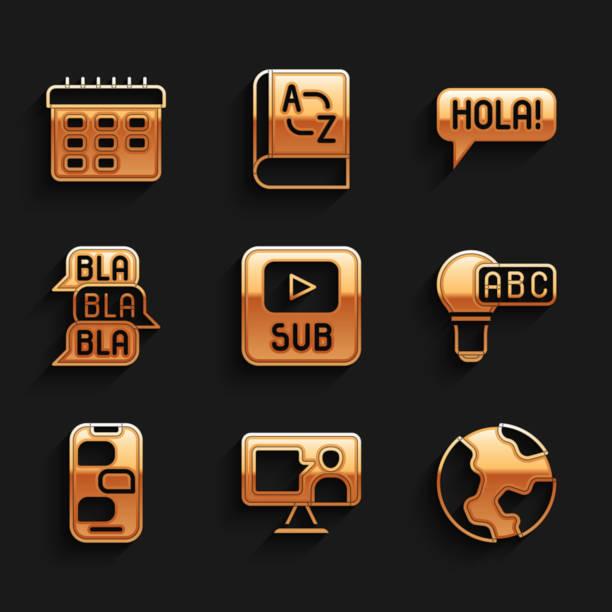
As the world grows and the internet spreads across nations, more people gain access to more resources. One of the biggest challenges with increased access to more resources is the language barrier. Many people are unable to access certain information that is not available in the language they understand. The entertainment industry has experienced a fair share of this problem as people from other regions may not access their works. To address this problem, movie script translation services became a huge part of the entertainment industry. With this addition to the entertainment world, many people can now access movies and entertainment materials from other languages with ease.
Movie subtitles have been around for a while. However, they may not necessarily be the best approach to the problem of language barriers. Many movie lovers have lost concentration on what is happening on screen due to their focus on understanding the message being passed by the actors on screen. A new kind of translation service was introduced in the form of dubbing or voice-overs to address this problem. Dubbing allows the viewers to follow the action on-screen while also hearing the movie audio in their local language. This kind of dubbing can be complex and technical because it needs to convey the same emotion as the original actor while also passing the same message irrespective of the context.
With different ways to translate movies, English-speaking entertainment lovers may find it tricky to convert movies from other regions into a language they understand. This article explores the methods that can be used to achieve the desired outcome. However, before diving deep into how to translate a video to English subtitles, below are some reasons you need to translate videos.
Increase Views – as a movie producer, translating your videos or marketing materials is one of the best ways to increase its views. With many different languages accounting for a wide population of internet users, you can easily penetrate those markets by providing a simple translation of the message that is being shared. Translations may be in the form of voice overs or subtitles. Irrespective of the option you have selected, you are bound to appeal to a wider audience. Business owners can also leverage this for SEO reasons. Those looking to penetrate new markets can also take advantage of the benefits associated with video translation.
Flexibility for Viewers – With video subtitles, viewers have a better flexibility advantage to watch movies or other video materials in a sound-sensitive environment. This means that viewers can easily watch movies in libraries while muting their speakers.
Accessibility Advantages – There are over 466 million people with hearing loss problems. This population represents many people living with disabilities that can be addressed when videos are subtitled. Subtitled videos are an accessibility feature for this class of disabled people and allow them to watch movies, videos, and other marketing materials easily.
Translating Videos into English Subtitles
Translating videos into the English language is a lot easier than most people think. While dubbed videos and voice-over translations may not be readily available, subtitles are very much available and fast to use. The very first step to achieving this goal is to create captions in your original video file. The captions are in the original video language and provide you with a baseline to work with.
The DIY Approach
Create captions using the original video files. Note that the captions will be in the foreign language you wish to translate to English. If you cannot caption the video, use the YouTube automatic caption feature.
- Visit the creator studio on YouTube and select Video Manager. On the Video Manager, locate and click the Edit command under the video you intend to translate to English.
- Locate Subtitles/CC tab – commonly at the top of the video editor
- Click Add New CC or Subtitles. You will be presented with a search bar. Search for the target language, in this case, English, and click on the Create New Subtitles or CC.
- You will be redirected to YouTube’s video editing interface, where you’ll see the Auto Translate button. Click on this, and your translations will appear under the original caption transcript. You can edit the translation easily from the interface to ensure accuracy.
- Proceed to Publish the translations after you have certified the translation’s accuracy.
Alternative Method
If you do not wish to go through the stress of captioning your video, you can also look for a Subtitle file, usually in SRT format, for your desired video. Once located and downloaded, add the subtitle file to your media player and enjoy your subtitling.


















![TamilMV Proxy List Top 30+ [Unblock TamilMV Sites] TamilMV Proxy Unblock](https://technewsgather.com/wp-content/uploads/2023/04/17825836_SL-121019-25870-14-1-100x70.jpg)